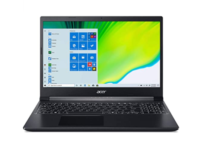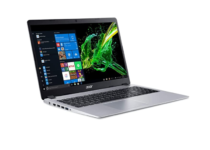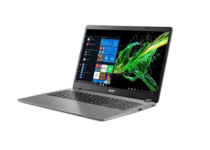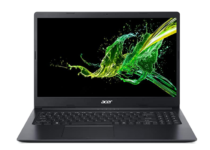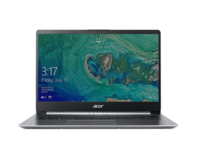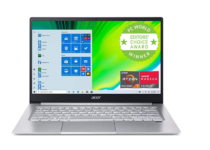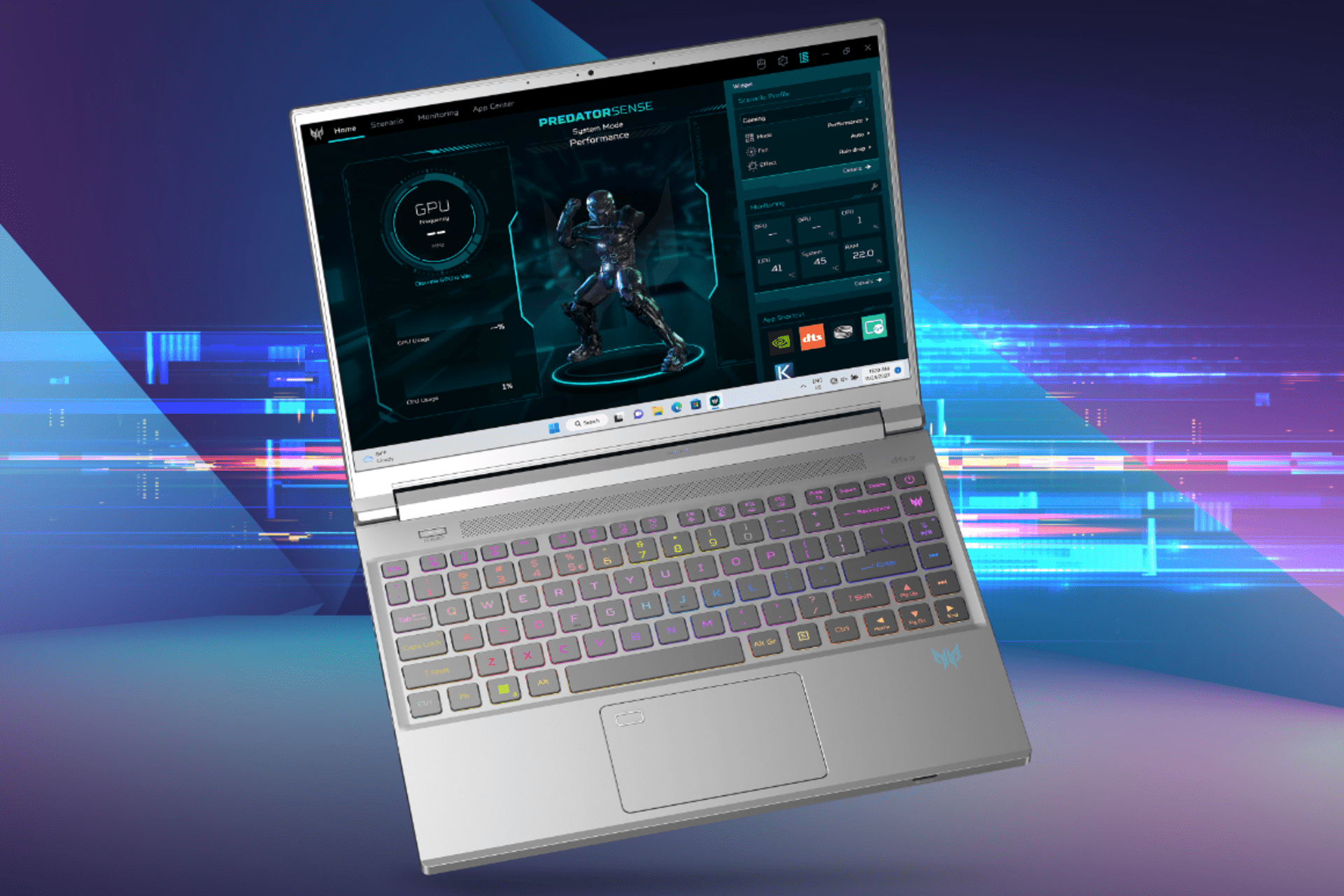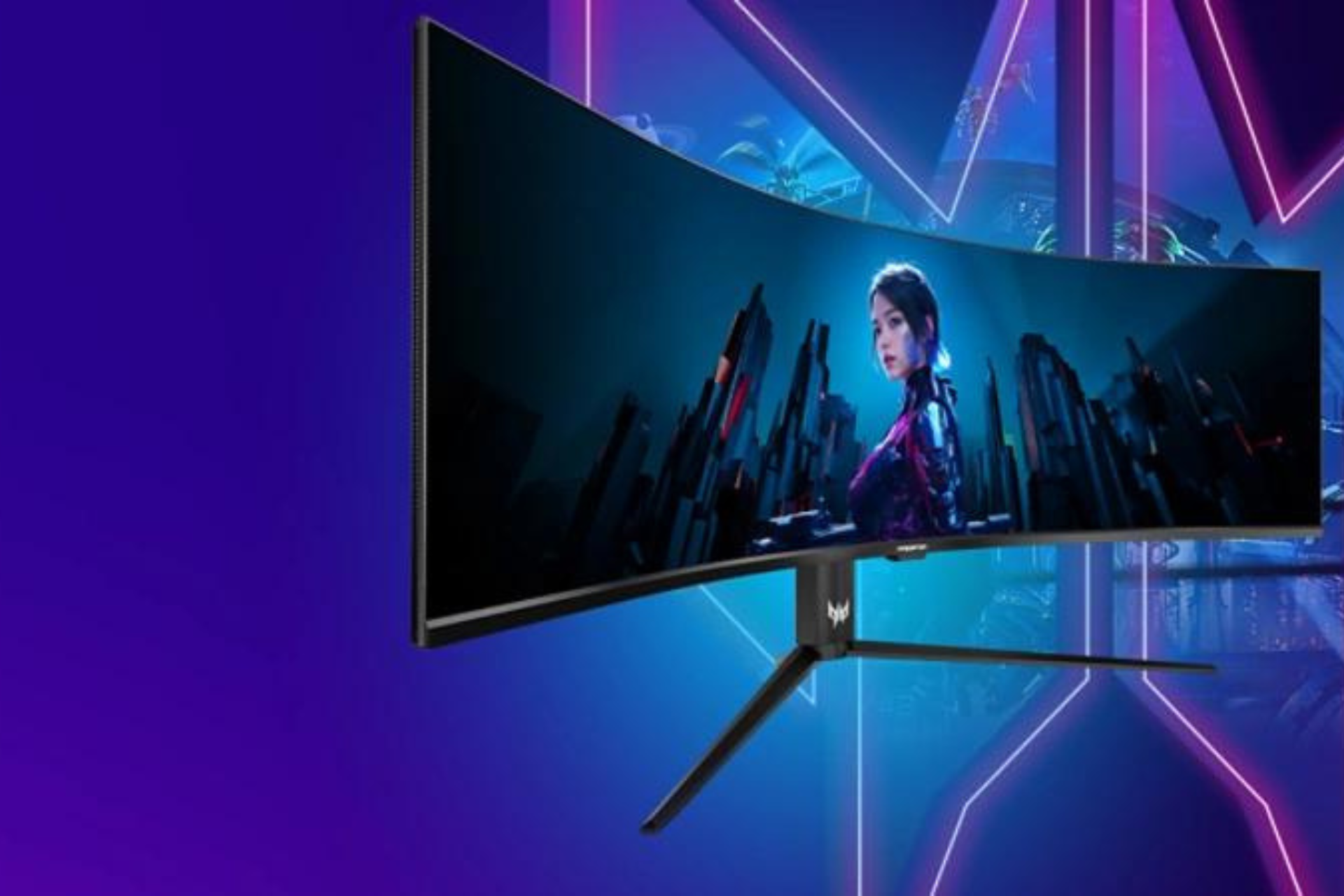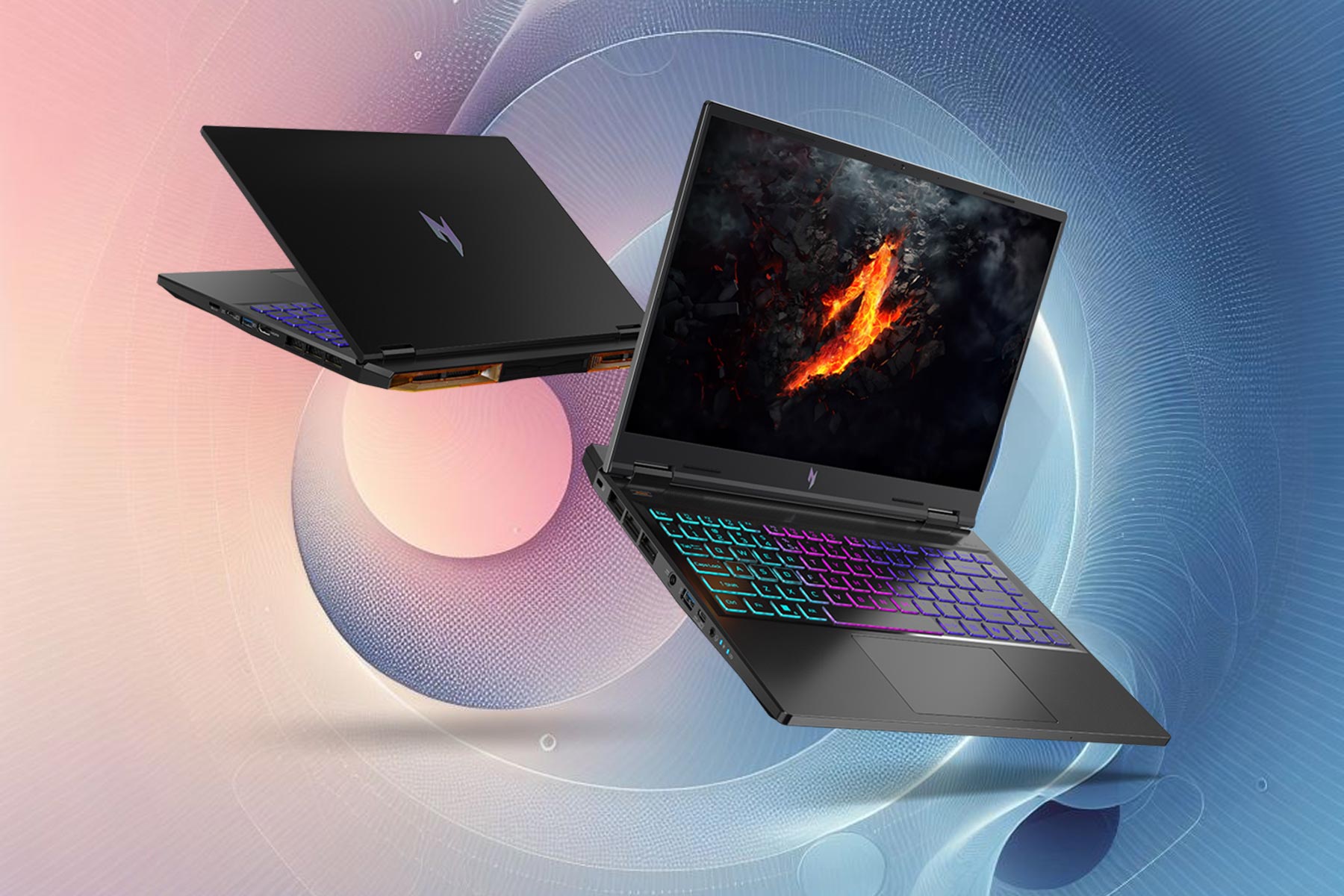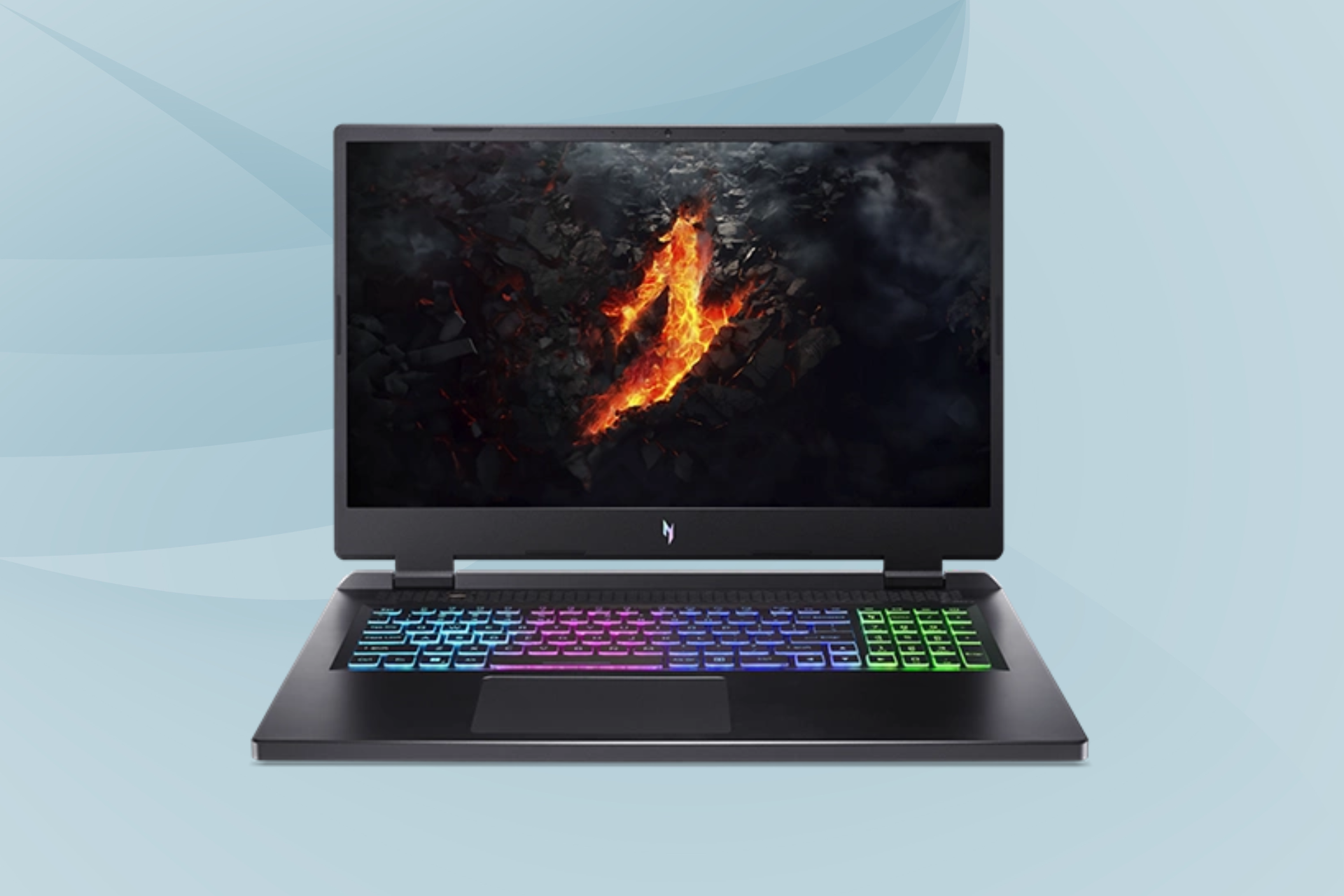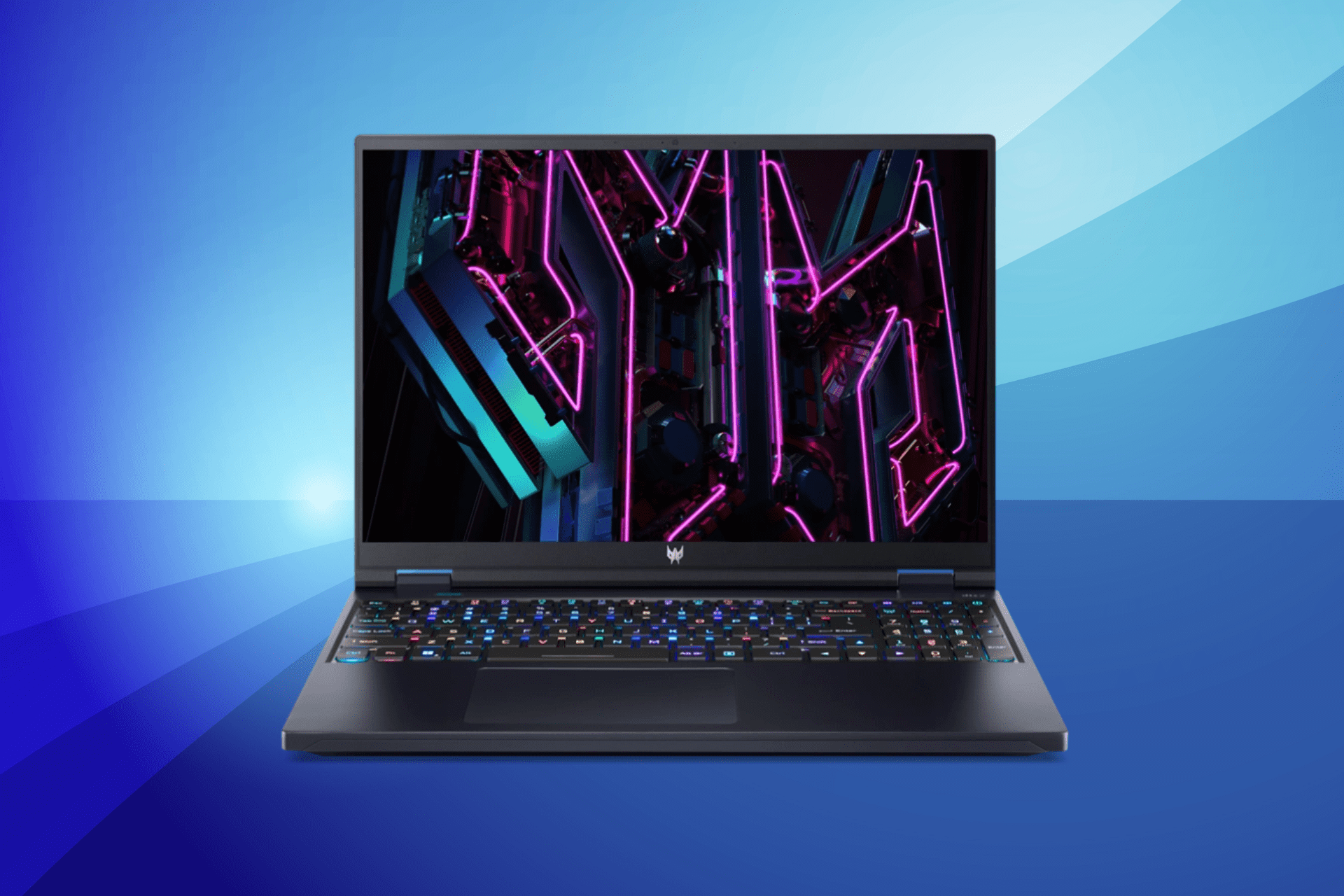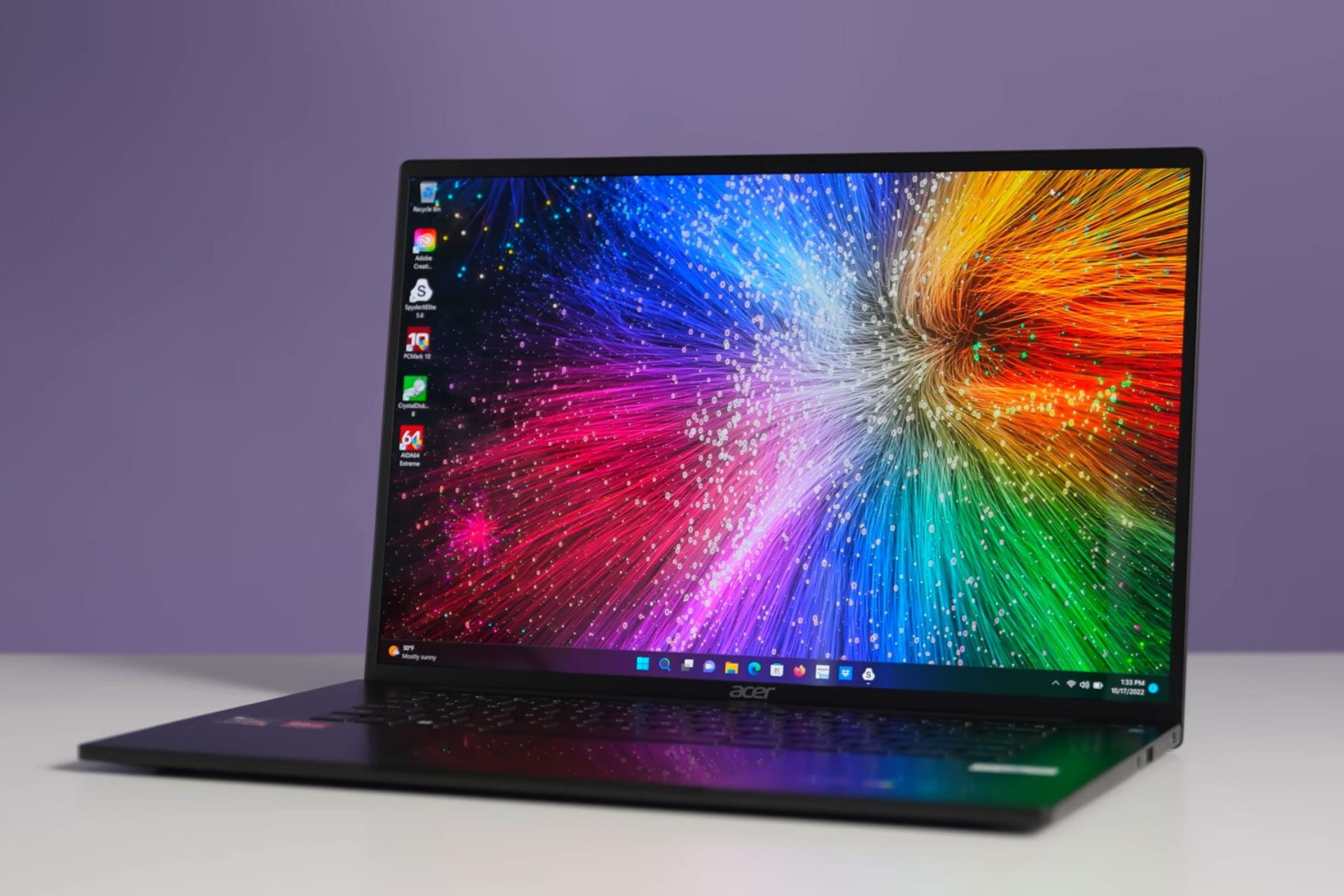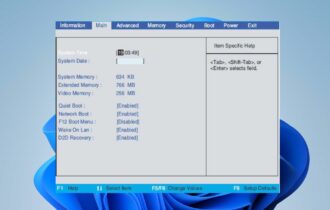6 best Acer Aspire & Swift laptops to buy
4 min. read
Updated on
Read our disclosure page to find out how can you help Windows Report sustain the editorial team Read more

Acer regularly updates the Aspire and Swift notebook lineup. If you’re looking to buy a new Acer laptop, here’s what we recommend.
The Aspire series is targeted towards mainstream users looking for a single device to fulfill their needs. The series includes the Aspire 1, Aspire 3, Aspire 5, and Aspire 7.
The Acer Aspire notebook series
Acer Aspire 7
- 15.6'' Full HD display
- Backlit keyboard
- AMD Ryzen 5 3550H Quad-Core Processor (up to 3.7 GHz)
- Poor sound quality
This laptop features an AMD Ryzen 5 3550H Quad-Core Processor with precision boost up to 4.7 GHz, NVIDIA GeForce GTX 1650 graphics, 8GB of DDR4 2666MHz memory, and 512GB PCIe NVMe of storage.
It comes with a 15.6-inch display, an HD camera with HDR and the 2×2 MU-MIMO technology ensures an ultra-fast wireless connection.
Acer Aspire 5
- 15.6 inches full HD display
- Backlit keyboard
- AMD Radeon Vega 3 graphics
- Windows 10 in S mode
The Acer Aspire 5 is also powered by an AMD processors, this time a Ryzen 3 3200U and Radeon Vega 3 graphics for the best performance and a 7.5hrs battery life.
It features a maximum of 4GB DDR4 and an SSD with up to 128GB. the sound system is improved with the Acer TrueHarmony technology to enhance deep sounds and lift up the volume.
Acer Aspire 3
- 15.6'' Full HD display
- Intel Core i5-1035G1 up to 3.6GHZ Max Turbo
- 256GB SSD
- Noisy
The Acer Aspire 3 features a 15.6-inch Full HD display which offers excellent image quality.
The BlueLightShield screen technology reduces eye strain when you’re looking at the display.
Acer Aspire 3 comes with 8GB of RAM that you can upgrade, plus 256GB SSD.
The 10th gen i5 Intel Core processor truly improves on booting time and overall performance.
Acer Aspire 1
- Up to 10hrs of battery life
- 1year of Office 365 Personal
- 15.6'' FHD display
- Windows 10 in S mode
The Acer Aspire 1 is a 15.6-inch device powered by an Intel Celeron N4020 Dual-Core Processor (Up to 2.8 GHz) with 64GB eMMc storage, 4GB DDR3 memory, and Intel HD Graphics.
It supports 10 hours of battery life, which will be more than enough for you to work, play, or stream media.
The Acer Swift series
Acer Swift 1
- 14'' full HD display
- 4GB of RAM, 64GB SSD
- Affordable
- Windows 10 in S mode
The Acer Swift 1 is the entry-level model in the Swift series that measures in at just 19.9mm thick and 4.4lbs.
The Chiclet keyboard stands out with round-cornered keys while its 14-inch Full HD IPS display supports vivid colors.
Acer Swift 3
- 0.63'' thin and 2.56 pounds
- Built-in Alexa support
- Backlit keyboard
- Poor customer service in case you need help
The Acer Swift 3 comes with a cool and sleek metal finish. It measures 12.73 x 8.62 x 0.63 inches and weighs 2.65 pounds so it’s extremely easy to carry around.
This laptop can be configured with 802.11ax technology for faster Wi-Fi and a fingerprint reader for Windows Hello support.
You can enjoy content on its 14-inch Full HD IPS display.
So these were our top picks for Acer laptops. Tell us which one do you prefer or feel free to add something about one of the models listed here. use the comments section.
Also, if you’re interested in other laptops, check out our wide collection of guides.
[wl_navigator]

